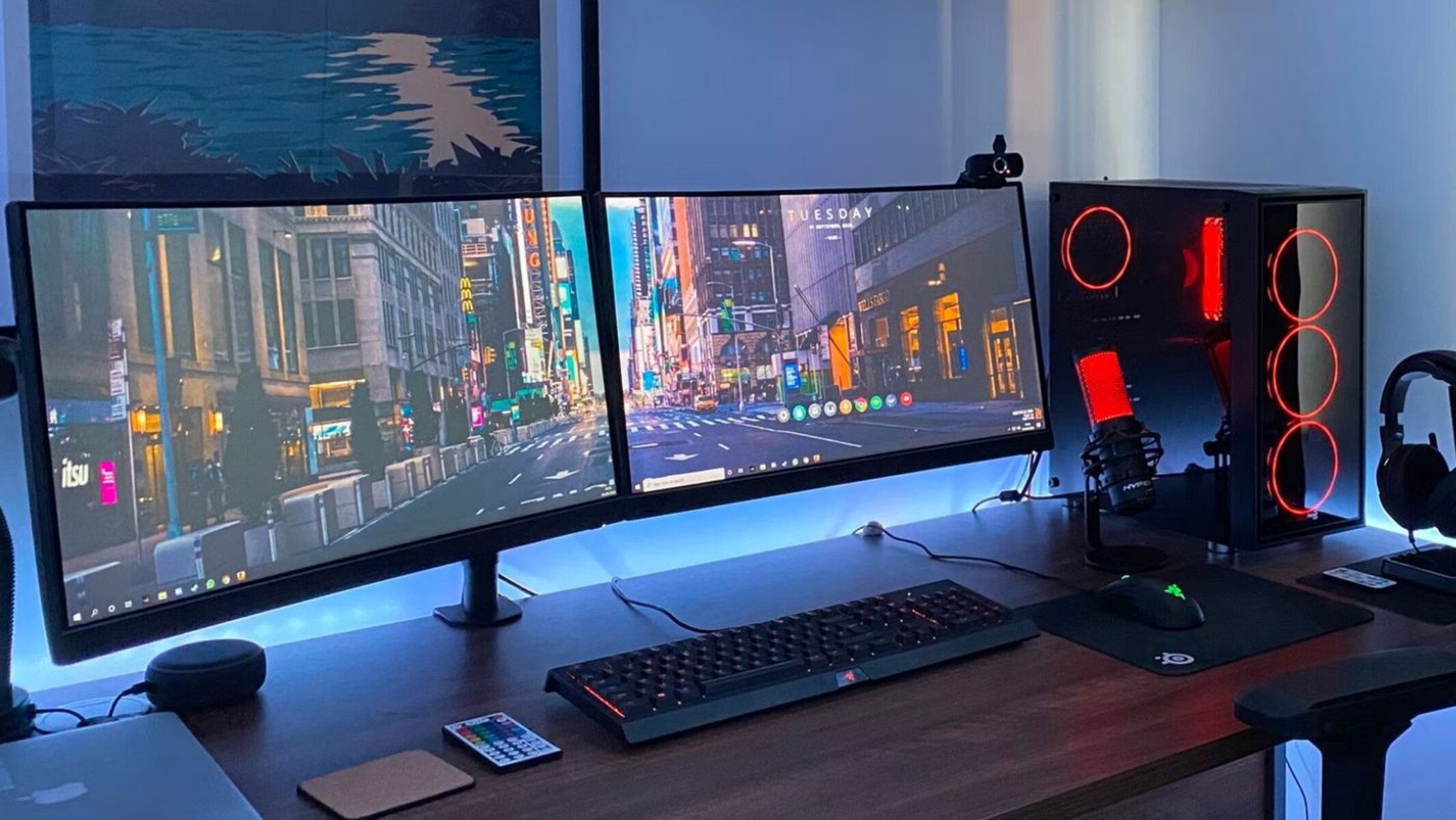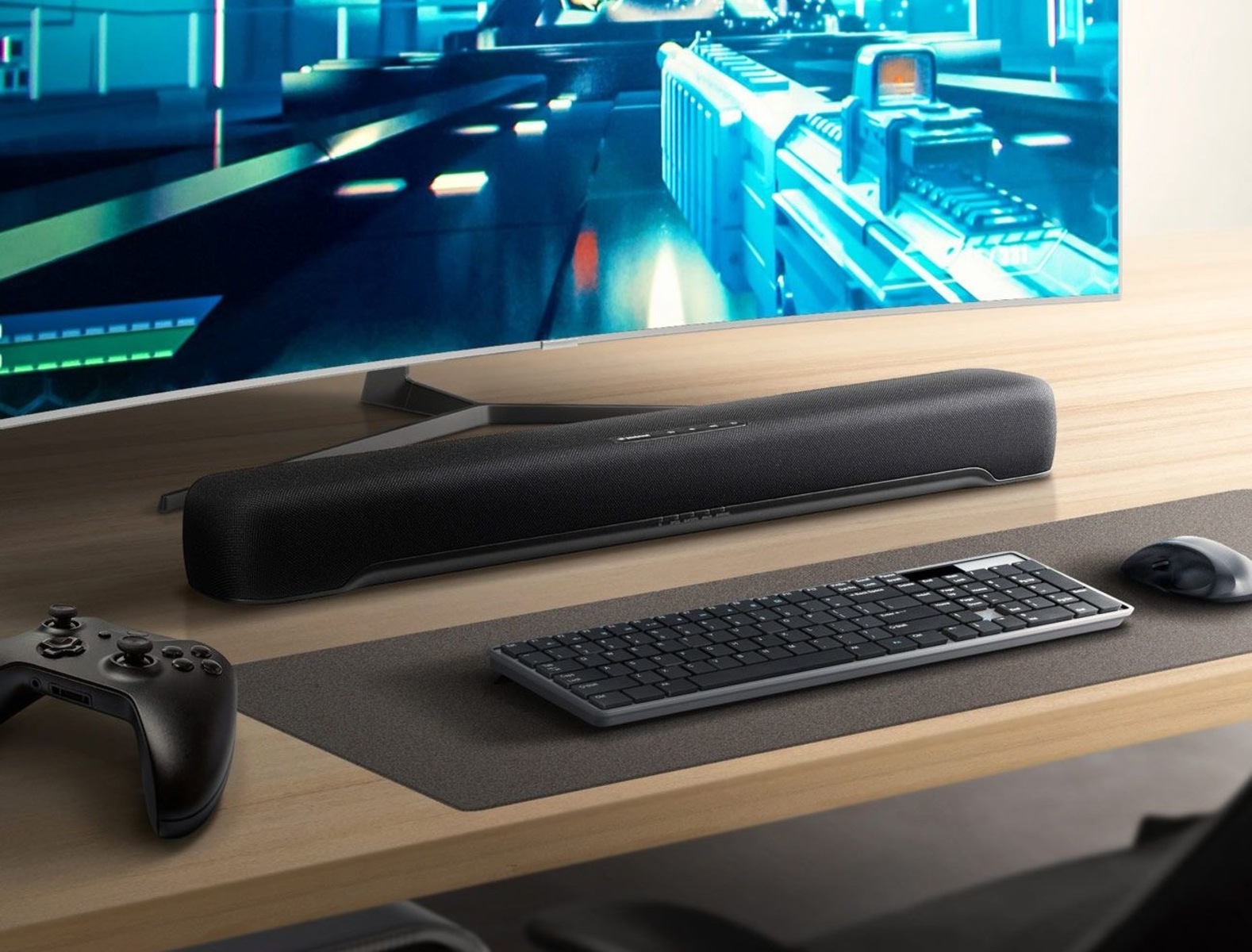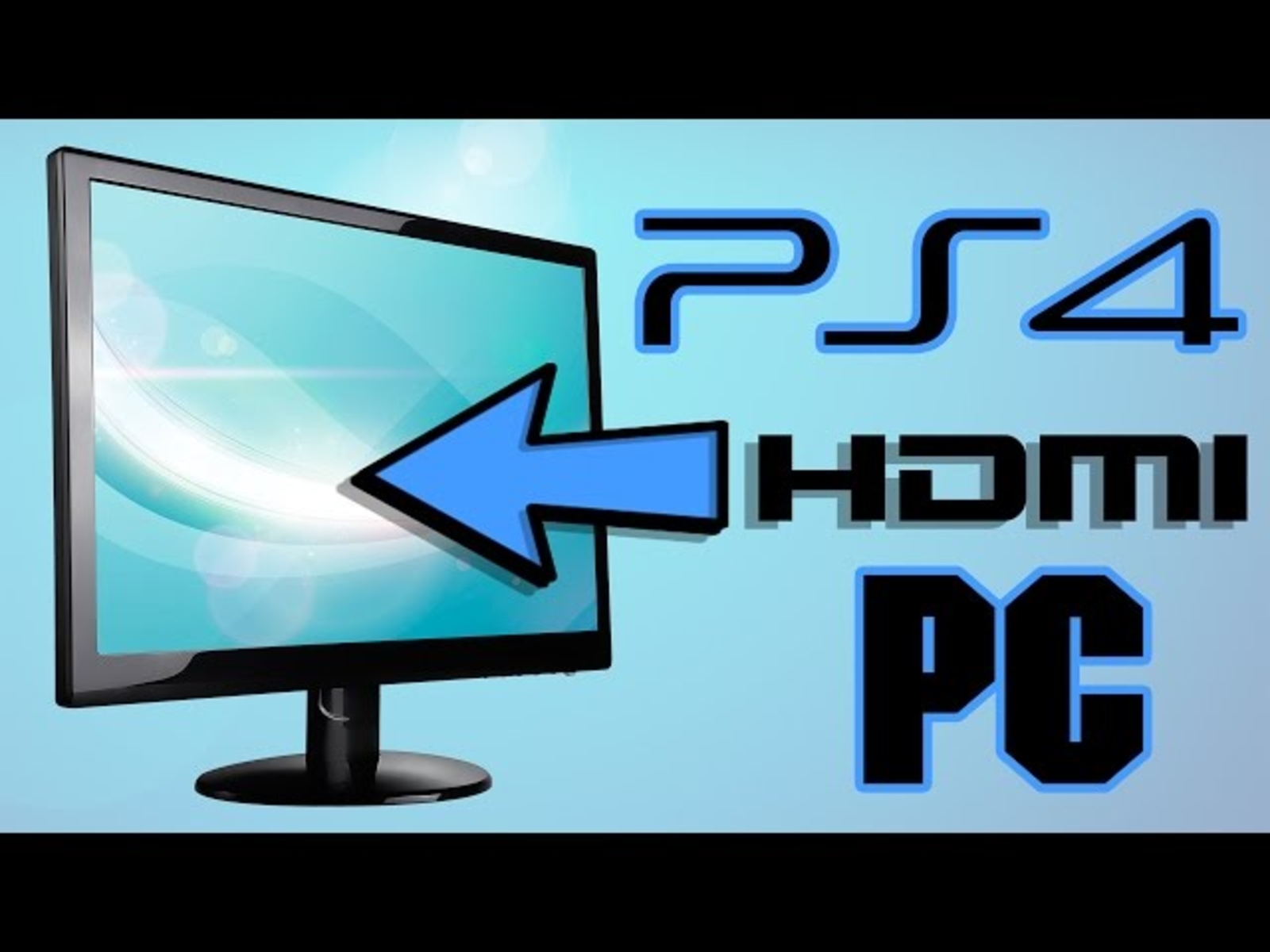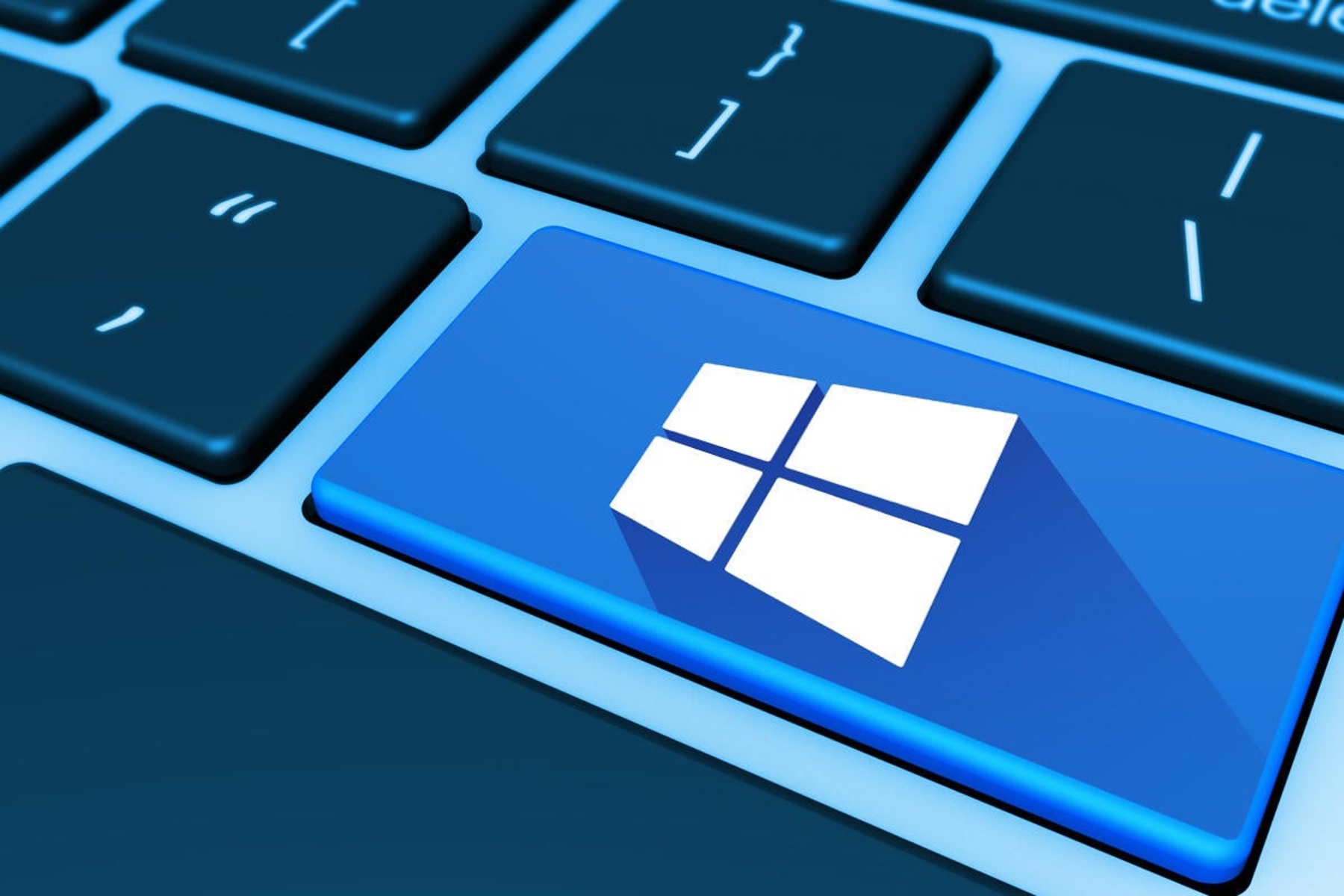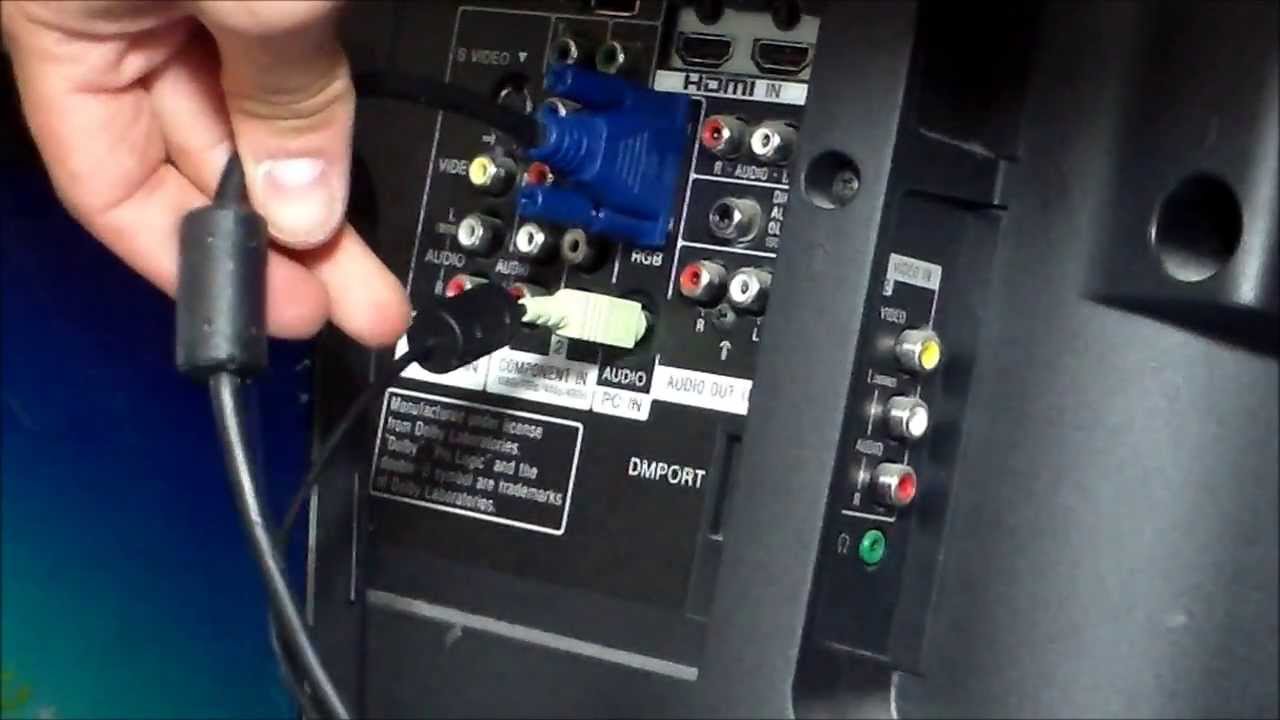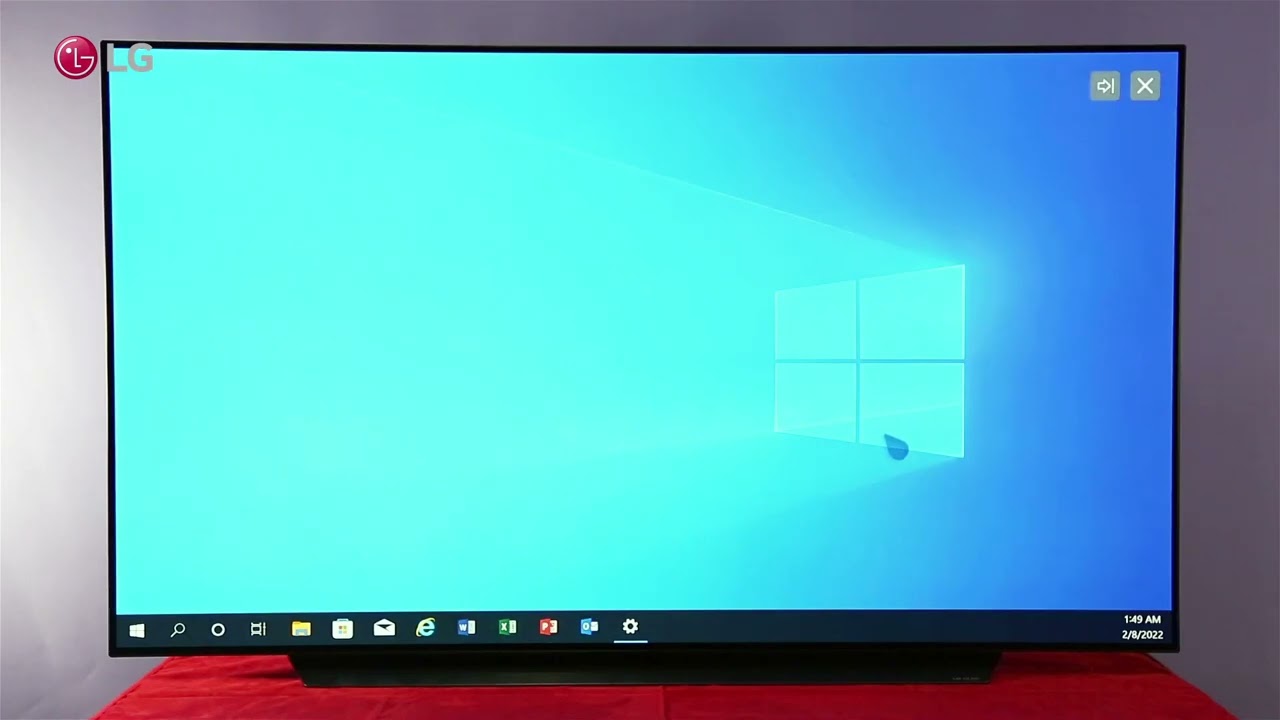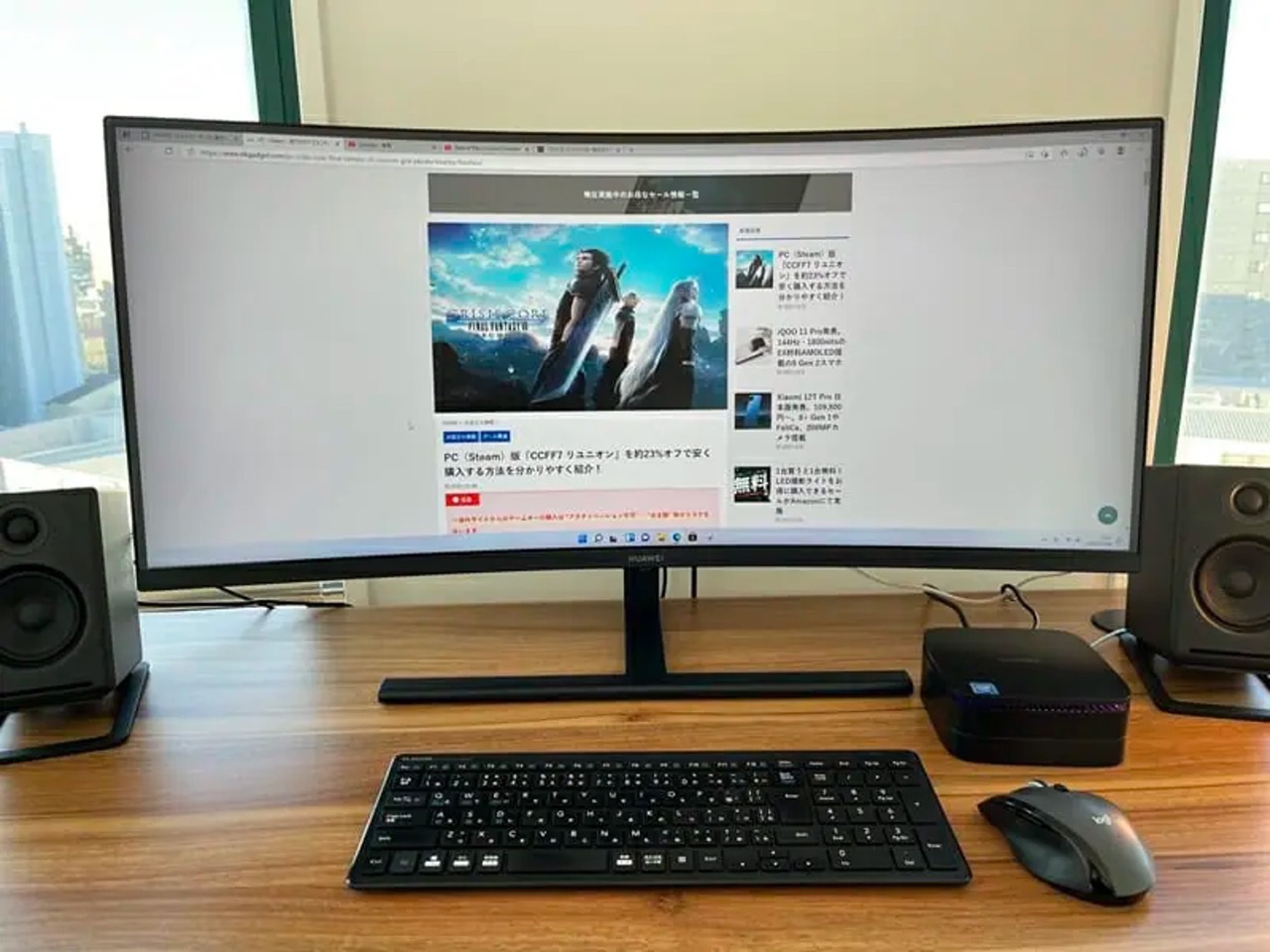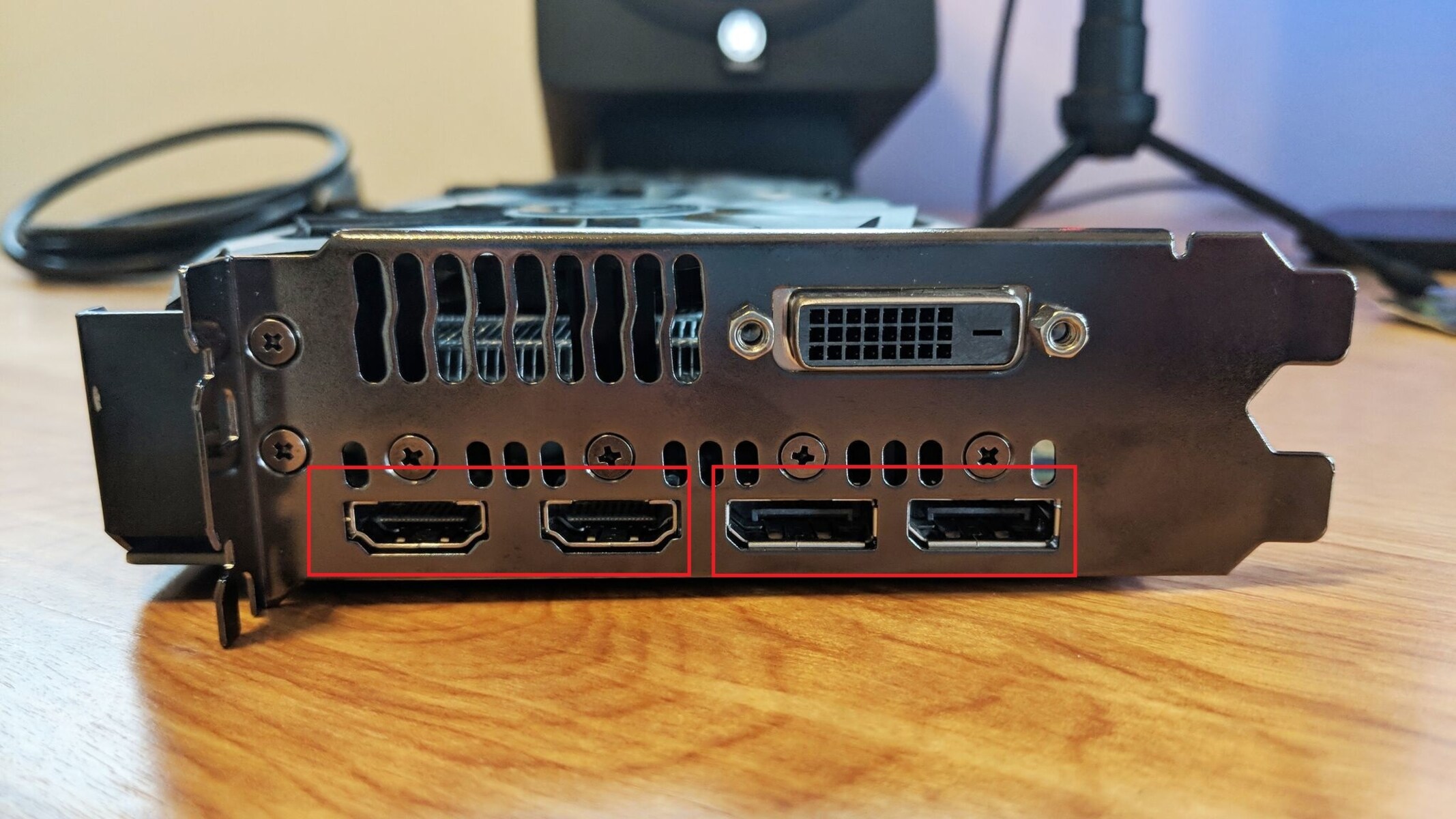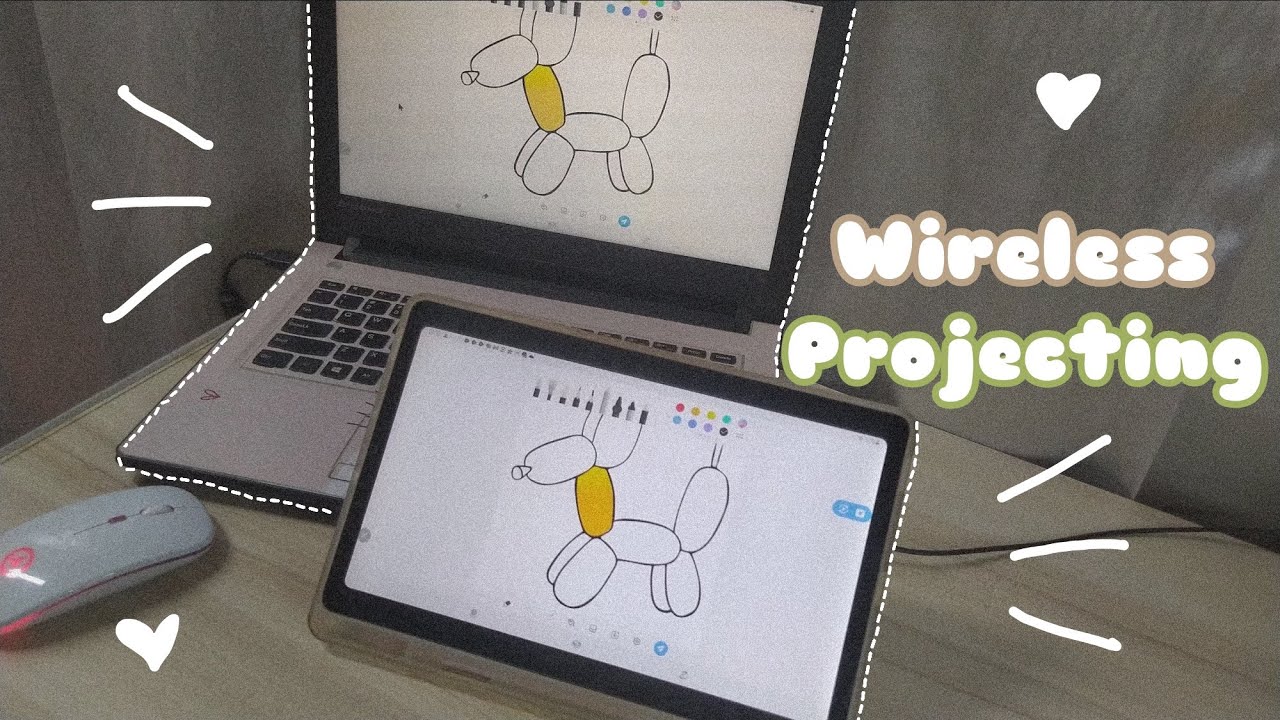Why Connect HDMI Cable to PC?
The HDMI (High-Definition Multimedia Interface) cable has become an essential tool in connecting various electronic devices, including PCs. With its ability to transmit high-quality audio and video signals, it offers numerous benefits for PC users. Here are some reasons why you may want to connect an HDMI cable to your PC.
- High-Quality Audio and Video: HDMI cables support high-definition video up to 4K resolution, delivering crystal-clear images and vibrant colors to your display. Additionally, it allows for uncompressed, high-quality audio transmission, ensuring an immersive multimedia experience.
- Single Cable Solution: HDMI combines both audio and video signals into a single cable. This eliminates the need for separate audio cables, simplifying the setup and reducing cable clutter.
- Wide Compatibility: HDMI is a universally accepted standard, making it compatible with a wide range of devices. Whether you’re connecting your PC to a monitor, TV, projector, or home theater system, chances are it will have an HDMI input for seamless connectivity.
- Plug and Play: Connecting a PC to another device via HDMI is a straightforward process. Simply plug one end of the HDMI cable into the HDMI output port of your PC and the other end into the HDMI input port of the receiving device, and you’re ready to go. No additional software or complicated configuration is required.
- Multiple Applications: By connecting your PC to a larger display, such as a TV or projector, you can enjoy a more immersive gaming experience, watch movies on a larger screen, or give presentations with greater impact.
In summary, connecting an HDMI cable to your PC opens up a world of possibilities, bringing high-quality audio and video, simplified connectivity, and versatility for a variety of applications. Whether you’re a gamer, movie enthusiast, or professional presenter, using an HDMI cable can greatly enhance your multimedia experience on your PC.
HDMI Port on PC
Most modern PCs come equipped with an HDMI port, allowing for easy connectivity to external displays or audio devices. The HDMI port serves as the main interface for transmitting high-quality audio and video signals from the PC to another device. Understanding the HDMI port on your PC is essential for successful connection and optimal performance. Here are some key points to consider:
- Location: The HDMI port is typically located on the back or side of the PC’s tower or on the side of a laptop. It is a small, rectangular-shaped port with a specific configuration that matches the HDMI cable.
- Compatibility: The HDMI port on your PC is designed to be compatible with the HDMI standard used by most displays and audio devices. This ensures seamless integration and compatibility with a wide range of devices.
- Output Only: It’s important to note that the HDMI port on your PC is usually an output-only port, meaning it can transmit audio and video signals to an external device, but it cannot receive signals from other devices.
- Video and Audio Support: The HDMI port on your PC supports both video and audio transmission. This means you can connect your PC to a monitor or TV to display the video signal, while also transferring audio to external speakers or a home theater system.
- Resolution Compatibility: The HDMI port on your PC is capable of transmitting high-resolution video signals, including 1080p (Full HD) and even 4K resolution, depending on the capabilities of your PC’s graphics card and the connected device.
Overall, the HDMI port on your PC plays a critical role in connecting your device to external displays or audio systems. Understanding the location, compatibility, and versatility of this port will help you make the most of your PC’s multimedia capabilities. Whether you’re connecting your PC to a monitor for work, a TV for entertainment, or a projector for presentations, the HDMI port will serve as your gateway to an enhanced audio and visual experience.
Connecting HDMI Cable to PC
Connecting an HDMI cable to your PC is a simple process that allows you to enjoy high-quality audio and video on external displays or audio devices. Follow these steps to successfully connect an HDMI cable to your PC:
- Ensure both your PC and the receiving device, such as a monitor or TV, are turned off. This will prevent any potential damage to the devices during the connection process.
- Locate the HDMI port on your PC. It is usually labeled as “HDMI” and has a small, rectangular shape with specific configuration slots.
- Take one end of the HDMI cable and insert it securely into the HDMI output port on your PC. Make sure to align the pins and connectors properly to avoid any connection issues.
- On the other end of the HDMI cable, insert it into the HDMI input port on the receiving device. Again, ensure a secure and proper connection.
- Once both ends of the HDMI cable are connected, power on your PC and the receiving device. They should recognize the HDMI connection automatically.
- Using the display settings on your PC, configure the display mode and resolution to match the capabilities of the connected device. This can usually be done through the “Display Settings” or “Graphics Settings” in the control panel.
- If you want to transfer audio to external speakers or a home theater system, make sure to select the correct audio output device in your PC’s sound settings.
- Test the connection by playing a video or displaying content on your PC. You should now see and hear the content on the connected device.
In case the HDMI connection is not working, double-check the cable connections, ensure the devices are properly powered on, and verify that the correct input source is selected on the receiving device. You may also need to update your PC’s graphics card drivers to enable proper HDMI output.
By following these steps, you can easily connect an HDMI cable to your PC and unlock the full potential of high-quality audio and video output on external displays or audio systems.
HDMI Port Placement on Different PC Models
While the HDMI port is a standard feature on most modern PCs, the exact placement of the port can vary depending on the model and manufacturer. Here are some common placements of the HDMI port on different PC models:
- Desktop Towers: In desktop towers, the HDMI port is commonly found on the back of the computer. It is often located near other input/output ports, such as USB ports, audio jacks, and Ethernet ports. The exact position can vary, so check the rear panel for the HDMI port.
- Laptops: Laptops typically have the HDMI port on the side of the device. It may be located on either the left or right side, depending on the laptop model. Some laptops even have multiple HDMI ports for added convenience.
- All-in-One PCs: All-in-one PCs, which integrate the computer components and display into one unit, typically have the HDMI port located on the back or the side of the monitor. It is usually near the other ports, such as USB, audio, and power ports.
- Mini PCs: Mini PCs, also known as compact or small form factor PCs, often have the HDMI port positioned on the back or front panel of the device. Due to their compact size, the placement may vary depending on the specific model.
- Gaming PCs: Gaming PCs commonly have the HDMI port placed on the rear panel, similar to desktop towers. This allows for easy connectivity to gaming monitors or TVs, enabling an immersive gaming experience.
It’s important to note that the HDMI port may be labeled with the “HDMI” logo or have a specific symbol indicating its purpose. Additionally, some PC models may have variations in port availability or layout, so it’s always a good idea to consult the user manual or manufacturer’s website for accurate information on the HDMI port’s placement.
Regardless of the specific PC model, locating the HDMI port is essential for connecting your PC to external displays or audio devices. By understanding the typical placement of the HDMI port on different PC models, you can easily connect your PC to enjoy high-quality audio and video on a larger screen or through external speakers.
Troubleshooting HDMI Connection Issues on PC
While connecting your PC to an external display or audio device via HDMI is usually a straightforward process, you may encounter some common issues that can disrupt the connection. Here are some troubleshooting tips to help you resolve HDMI connection issues on your PC:
- Check Cable Connections: Ensure that both ends of the HDMI cable are securely plugged into the HDMI ports on your PC and the receiving device. Sometimes a loose connection can cause signal loss or no display/audio.
- Try a Different HDMI Port: If available, try connecting the HDMI cable to a different HDMI port on your PC. Occasionally, a specific HDMI port may be malfunctioning, and switching ports can resolve the issue.
- Verify Display/Input Source: Make sure that the receiving device is set to the correct input source. Use the remote control or buttons on the device to cycle through the available input options until you see the PC’s signal.
- Restart Both Devices: Power off both your PC and the receiving device. Wait a few minutes, then turn them back on. This can help reset any temporary glitches or conflicts that may be affecting the HDMI connection.
- Update Graphics Card Drivers: Outdated or incompatible graphics card drivers can cause HDMI connection problems. Visit the manufacturer’s website and download the latest drivers for your graphics card. Install them and restart your PC to see if it resolves the issue.
- Adjust Display Settings: Open the display settings on your PC and ensure that the resolution and refresh rate are set correctly for the connected device. Using the recommended settings or experimenting with different options can help establish a stable HDMI connection.
- Use a Different HDMI Cable: Faulty or low-quality HDMI cables can lead to connection issues. Try using a different HDMI cable to see if it resolves the problem. Make sure the cable is certified for the desired resolution and supports the HDMI version used by your devices.
- Try a Different Device: Connect your PC to a different monitor or TV using the HDMI cable. If the connection works on another device, it suggests that the issue may lie with the original receiving device rather than your PC. Consider troubleshooting or seeking further assistance for that specific device.
- Reset Display Settings: If you’ve made previous changes to the display settings on your PC, you can try resetting them to their default values. This can eliminate any configuration issues that may be causing the HDMI connection problem.
By following these troubleshooting steps, you can effectively resolve common HDMI connection issues on your PC. Remember to check cable connections, verify settings, update drivers, and experiment with different devices or cables. If the issue persists, it may be necessary to seek further technical support or contact the manufacturer for assistance.
Conclusion
In today’s multimedia-driven world, connecting an HDMI cable to your PC opens up new possibilities for enjoying high-quality audio and video on external displays or audio devices. The HDMI port on your PC serves as the gateway for transmitting audio and video signals, providing a seamless and immersive multimedia experience.
By connecting your PC to a monitor, TV, projector, or home theater system using an HDMI cable, you can enjoy high-definition visuals with vibrant colors and crystal-clear audio. The single-cable solution eliminates the need for separate audio connections and simplifies the setup process.
The placement of the HDMI port can vary depending on the PC model, with desktop towers typically featuring rear-facing ports, laptops having side ports, and all-in-one PCs integrating the port into the monitor. It’s important to locate the HDMI port on your specific PC model to ensure a successful connection.
If you encounter any HDMI connection issues, troubleshooting steps such as checking cable connections, trying different HDMI ports, updating graphics card drivers, or adjusting display settings can help resolve common problems. Remember to consult the user manual or seek technical support if needed.
Overall, connecting your PC to external displays or audio devices via an HDMI cable enhances your media consumption, gaming, or presentation experiences. It offers compatibility, simplicity, and an immersive audiovisual journey that can transform the way you interact with your PC.







